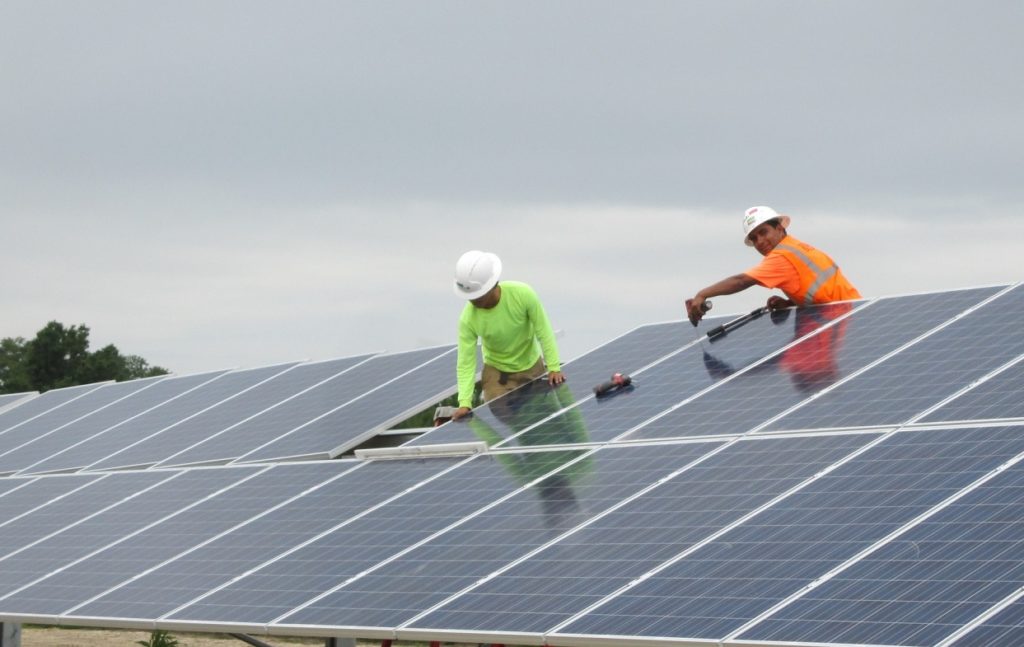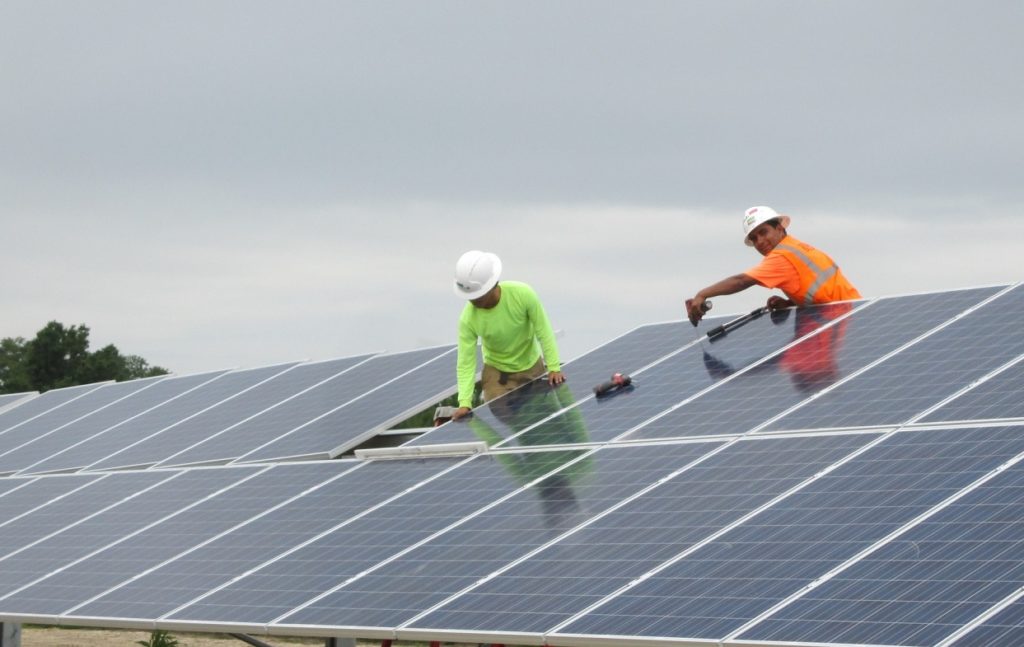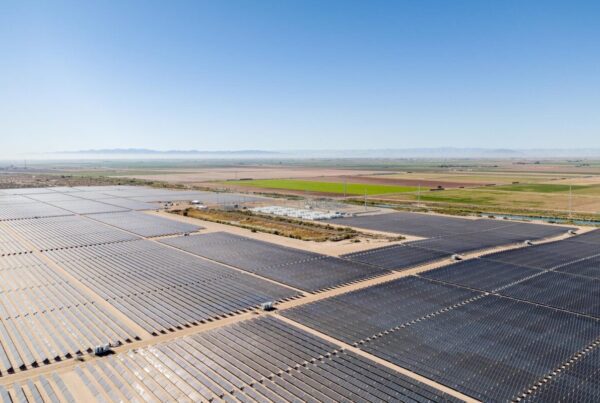
The world installed around 174GW of solar PV in 2021, a 20% jump on the previous year, and is expected to deploy 260GW this year, barring any major disruptions to international trade.
Those, among many others, were the findings of the International Energy Agency’s (IEA) Trends in PV Applications 2022 report, which also examined solar installations across different countries and regions as well as the key drivers for growth.
The report showed how 2021 witnessed the total business value of the global solar PV sector in 2021 reach US$190 billion, with 174GW installed in that year. This takes global capacity to just shy of 1TW – 946GW as of the end of 2021. World PV installations surpassed 1TW in March this year, according to some measurements.
The IEA report said the figure of 174GW represented the “minimum capacity installed” during 2021 with “a reasonably firm level of certainty”.
“This level is the highest ever recorded for PV installations, despite the pandemic related perturbations which have delayed market development in several countries,” said the IEA, noting that the true impact of the pandemic was hard to quantify given many projects were pushed back to later in the year.
The report mapped the installation of PV deployment over the last 10 years, showing a massive growth in solar activity across the world but particularly the countries in its report.
The IEA participating countries are Australia, Austria, Canada, Chile, China, Denmark, Finland, France, Germany, Israel, Italy, Japan, Korea, Malaysia, Mexico, Morocco, the Netherlands, Norway, Portugal, South Africa, Spain, Sweden, Switzerland, Thailand, Turkey, and the US.
“PV development is now widespread across all continents, though Africa and some parts of Latin America, Europe and Asia are yet to embrace the solar-driven energy transition. 2021 closed with a record number of new countries installing significant numbers of PV,” noted the report.

The top five regions for PV deployments in 2021 were China with 54.9GW installed, the European Union (28.7GW), the US (26.9GW), India (13.4GW) and Japan (6.6GW). Most of those regions, however, have seen significant transformations to their PV landscapes since last year.
China has called on its dominant PV sector to develop more “strategic alliance”. The US has passed its US$369 billion landmark Inflation Reduction Act (IRA) which looks set to turbocharge its solar industry. India has launched a production linked incentive scheme to support its domestic PV manufacturing sector. Japan’s large-scale PV pipeline, on the other hand, is “drying up” after a recent tender attracted very little interest.
That said, installations not financially supported and developed outside of tenders have been observed in an increasing number of countries in 2021.
“The growing competitiveness of solar PV electricity has also boosted the share of PV installations operating under self-consumption without any financial support mechanism,” the IEA said.







